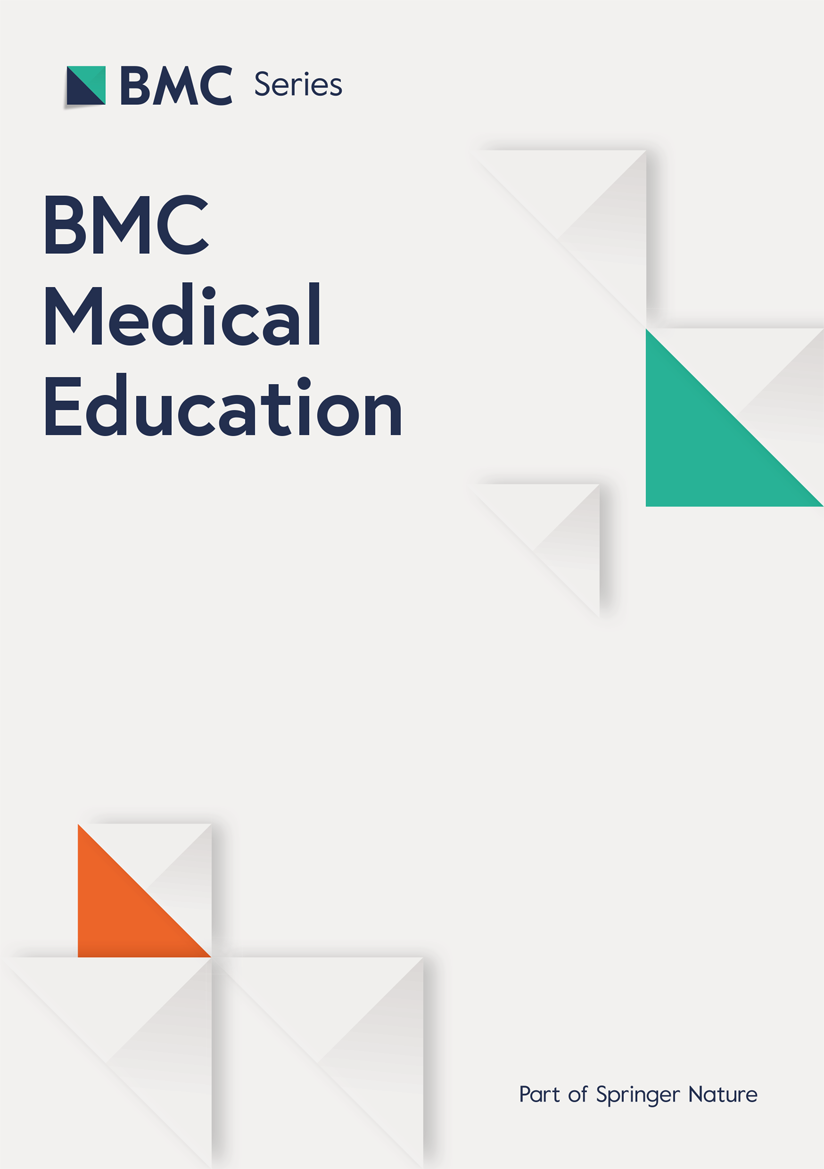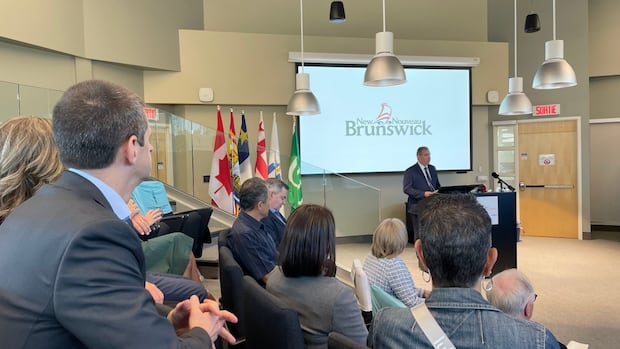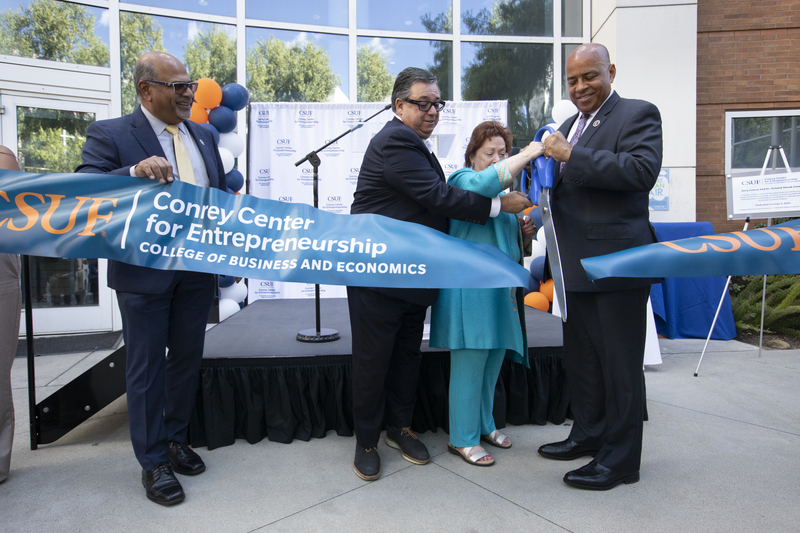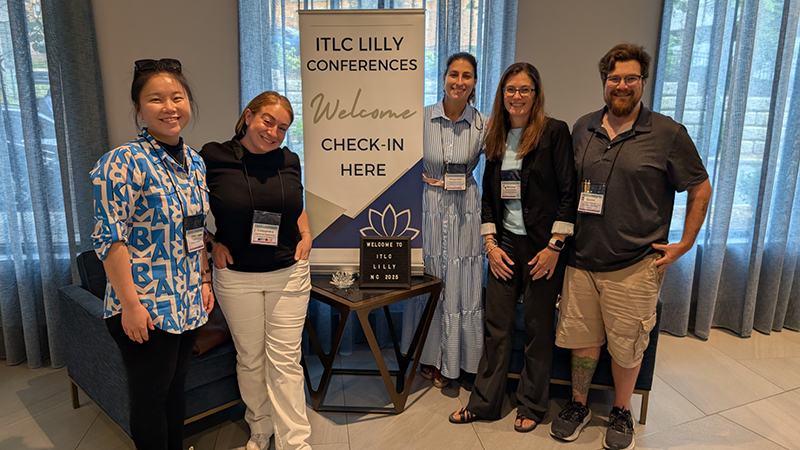The cost-analysis of Team-Based Learning versus small group interactive learning in undergraduate medical education | BMC Medical Education

We found that the cost of TBL is higher compared to SIL and the higher initial cost of delivering TBL in the implementation phase was mainly due to the time required to train teaching personnel in this method. However, it implies that teachers were already experienced in SIL and do not require additional training in this traditional teaching method. The recurring costs of delivering TBL were still higher than SIL and mainly consisted of the costs for digital support. The sensitivity analysis for the recurring phase of delivering TBL showed that the use of analog aids and increasing the student-to-teacher ratio would decrease the costs of TBL considerably. Increasing the student-to-teacher ratio up to 100:1 without compromising learning outcomes has been reported [2, 17].
While a substantial part of the faculty time in TBL was allocated to developing materials for the TBL sessions, in SIL most of the faculty time was allocated to classroom teaching. Faculty development is important during the implementation of any new teaching method. A previous study has shown that a successful implementation of TBL often requires training the faculty in the method and facilitation skills [18]. However, regular skills training and appraisals could improve the quality of SIL too.
Levin et al. suggest that cost-effectiveness should be a cornerstone of educational policy. Many high-cost interventions may not provide proportional benefits compared to less expensive alternatives. For instance, investing in teacher training and professional development often yields better student outcomes than reducing class sizes, and are also more affordable [19].
Rajalingam et al. [20] and Espey et al. [21] previously discussed that team-centric learning spaces are important in TBL, and students’ perspectives on TBL improve when they feel more comfortable with the physical space and find it easy to communicate with each other. Many institutions, including ours, have migrated to a TBL curriculum while the learning spaces are still mostly conventional lecture theaters and seminar rooms. Our teaching faculty decided that the additional costs for TBL rooms were not justified and continued delivering TBL seminars in our traditional learning lecture theaters. Further investigation is needed to understand how this affects the success of TBL sessions and the satisfaction of both students and faculty. In this study there were no differences in students’ satisfaction between TBL and SIL as reported previously [12], but we have not evaluated faculty preferences.
In resource constrained healthcare systems there is a need for efficient allocation of resources, including faculty, facilities, and technology. This involves optimizing class sizes, student-to-teacher ratios, and ensuring that resources are directed towards initiatives that contribute to learning outcomes.
Overall, while TBL may initially appear more expensive, strategic implementation and cost mitigation strategies, such as increasing class sizes, use of analog aids, implementing TBL across multiple disciplines and in that way spreading the costs of license fees for electronic platforms, could make it a more sustainable option in the long run. TBL can be conducted using analog methods without a digital dashboard. In fact, Michelsson, the original developer of the method, still employs scratch cards and other non-digital tools in TBL sessions. While Intedashboard provides certain advantages, such as streamlining administration, enhancing real-time feedback, and facilitating data collection, it is not an essential requirement for conducting TBL.
An important consideration in interpreting our findings is the concept of willingness to pay (WTP) for educational innovations. While TBL may incur higher upfront and recurring costs compared to SIL, institutions may deem these additional expenses acceptable if they are associated with qualitative benefits that are difficult to capture in traditional cost-effectiveness analyses. The choice between TBL and SIL should consider not only direct financial costs, but also educational benefits associated with each method. Differences in institutional infrastructure, faculty salaries, and educational culture could also influence transferability. TBL’s structured approach to fostering teamwork, communication, problem-solving, and application of knowledge in clinical contexts offers distinct benefits. The willingness to pay for these benefits will likely vary across institutions depending on available resources, educational priorities, and the extent to which such competencies are considered essential learning outcomes. Including WTP in future economic evaluations could help stakeholders make informed decisions about the adoption and scaling of TBL in different contexts.
An important limitation when interpreting results of cost-effectiveness in medical education is the lack of established benchmarks for cost-effectiveness analogous to cost per QALY in healthcare, which makes it challenging to determine what constitutes a “reasonable” cost for achieving a given educational outcome. Developing such standards could support more informed decision-making and priority setting in educational investments.
To our knowledge, this is the first study analyzing the implementation and recurring costs of TBL in a clinical discipline for undergraduate medical students. The framework can be applied and adapted for different contexts. One of the limitations is that not all indirect costs could be calculated, such as lighting, heating, and maintenance of tutorial rooms, since these costs in our setting are partially covered by the hospitals. Another limitation is that we only used a student-to-teacher ratio of 20:1 in TBL, but according to the TBL methodology, this can be increased further [2] which can be expected to further reduce the costs. It should also be taken into consideration that the students had their own computers/smartphones for the seminars since this is a standard practice in our medical university, which considerably decreased the costs of delivering the seminars. However, this applies to both TBL and SIL. An indirect gain from the TBL seminars is the clinical or research time (32 h) that could be freed for teachers, as all of them work as clinicians and researchers.
Generalizability of our findings could be questioned since certain components of cost (e.g. faculty time, administrative costs, software expenses) may vary across institutions and countries. However, the general principles of cost calculation and the potential for cost reduction through increased student-to-teacher ratios and use of analog tools remain broadly applicable. Our approach of reporting cost per student, while intuitive and commonly used in educational cost analyses, does not fully account for economies of scale. In reality, the marginal cost of adding an additional student is likely to decrease once the fixed costs (e.g. faculty training, room bookings, faculty teaching time) are covered. Future research should explore alternative analytical frameworks that better capture such cost dynamics.
There are numerous studies showing the learning benefits of TBL in comparison with traditional lectures in preclinical and clinical disciplines [22,23,24,25,26] with these two methods having similar student-to-teacher ratios. However, there are no studies on implementation and recurring costs of implementing and delivering TBL. Future studies should expand these insights by conducting direct comparisons of TBL and SIL within similar institutional settings, considering factors such as student outcomes, faculty workload, and long-term financial sustainability. Such analyses will be instrumental in guiding medical schools towards cost-effective and educationally robust teaching strategies. Comprehensive cost analyses can also guide educational and policy decisions and help make informed decisions about future investments in medical education.
link







